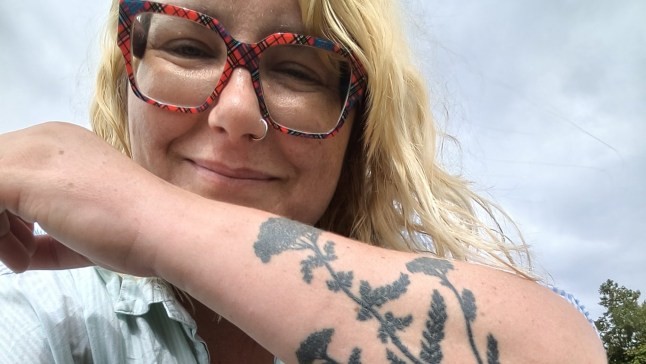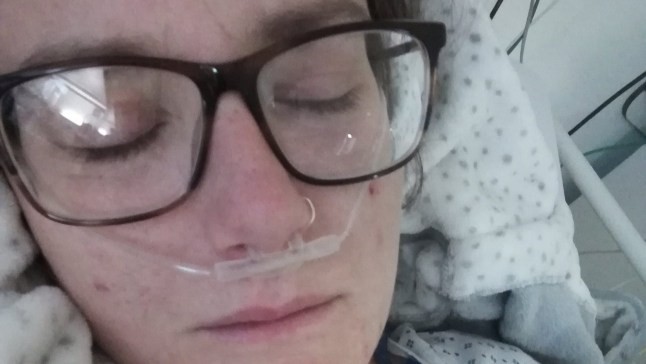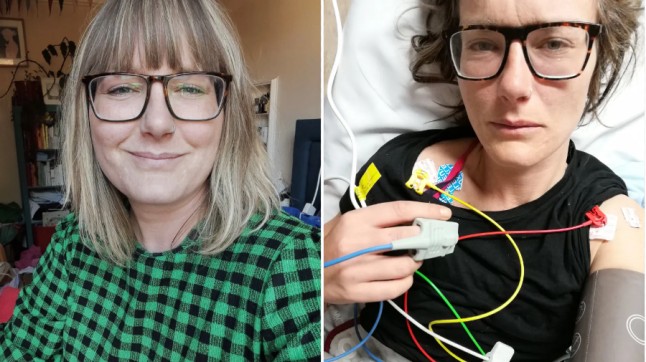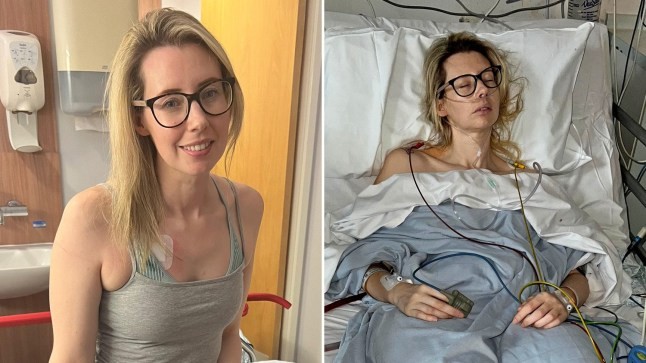I’ve survived deadly sepsis six times — one symptom always raises the alarm
From Bristol, Amani has endured six sepsis episodes, each triggered by a urinary tract infection. This visual journey follows her life with chronic illness, the moments that nearly killed her, and the single signal that has sounded before every crisis. The first alarm arrived in 2020, when a morning began with back pain that felt like a really badly sprained back. “I woke up one morning with what felt like a really badly sprained back,” remembers Amani, recalling her first encounter with sepsis in 2020. The 37-year-old has since survived six sepsis episodes, each caused by a urinary tract infection (UTI). She didn’t immediately sound the alarm on that first February morning, having suffered from chronic illness since a water sports accident that impacted her bladder in 2011. She took her temperature and noted it was 40°C, but, not wanting to cause a fuss, she resisted calling NHS 111 for a further two days. The call operator immediately sent an ambulance to her flat, ignoring her protests that she didn’t need one. “Unfortunately, when you live with severe chronic illness, you are used to living with such extreme and completely debilitating symptoms every day, so I pushed through my intense and scary symptoms for a couple of days,” she says. “I remember feeling like something really bad was about to happen – an impending sense of doom – which I later learnt was actually a symptom of sepsis and has been a symptom of it every time I have had sepsis since.” Amani’s experience with chronic illness began in her twenties, when she was working as a coasteering instructor in 2011. The sport involves cliff jumping and sea swimming, but an accident left her with Cauda Equina (a condition impacting the nerves in the lower spine), and subsequent neurogenic bladder, where she struggled to pass urine and had to use catheters. When Amani first got sepsis in 2020, she was intermittently self-catheterising up to 30 times a day, which greatly increases the risk of UTIs. Approximately 30% of all sepsis cases are due to urosepsis, a medical emergency where an infection of the urinary tract spreads to the bloodstream. “When I was then taken into resus at the nearest hospital, they told me if I had actually denied the ambulance, I would have died in my sleep,” she says. “I was only two hours away from dying when I got to them.” Amani was treated with IV antibiotics, fluids, and pain relief. She was also given IV fluid to help her kidneys function properly again, but her lungs took on fluid and she became really unwell from that, too. “I don’t remember much of the hours and days that followed, because I was so unwell,” Amani says. “Eventually, after a few weeks of being in hospital, I was discharged home.”

In This Article:
- The first alarm: a backache that masked a deadly warning
- Long-term illness and the risk of UTIs from self-catheterising
- The ambulance that came anyway and a race to save her kidneys and lungs
- Coming home to a new world of hard-won recovery
- Sepsis can be sneaky and present differently each time
- Post-Sepsis Syndrome and the long shadow it casts
- Final message: sepsis can affect anyone — know the signs and trust your instincts
The first alarm: a backache that masked a deadly warning
The morning that began Amani’s life-threatening episode started with back pain that felt like a sprain but was something far more serious. She didn’t raise the alarm immediately, and the fever climbed. The call operator sent an ambulance to her flat, a critical move that likely saved her life.

Long-term illness and the risk of UTIs from self-catheterising
Amani’s experience with chronic illness began in her twenties, when she was working as a coasteering instructor in 2011. The sport involves cliff jumping and sea swimming, but an accident left her with Cauda Equina (a condition impacting the nerves in the lower spine), and subsequent neurogenic bladder, where she struggled to pass urine and had to use catheters. When Amani first got sepsis in 2020, she was intermittently self-catheterising up to 30 times a day, which greatly increases the risk of UTIs. Approximately 30% of all sepsis cases are due to urosepsis, a medical emergency where an infection of the urinary tract spreads to the bloodstream.

The ambulance that came anyway and a race to save her kidneys and lungs
When Amani was taken into resus at the nearest hospital, they told her if she had actually denied the ambulance, she would have died in her sleep. “I was only two hours away from dying when I got to them.” Amani was treated with IV antibiotics, fluids, and pain relief. She was also given IV fluid to help her kidneys function properly again, but her lungs took on fluid and she became really unwell from that, too. “I don’t remember much of the hours and days that followed, because I was so unwell,” Amani says. “Eventually, after a few weeks of being in hospital, I was discharged home.”

Coming home to a new world of hard-won recovery
Each time she’s had sepsis, the transition of coming home has been ‘really hard’ for Amani, who lives alone. “From my experience of surviving sepsis, and that of the many people I have connected with that have also survived sepsis, it can leave a lot to process in its wake and after you have survived it,” she says. “Once you are home, ‘normal life’ continues around you, yet you nearly died and have so many emotions to process. It can feel incredibly isolating.’

Sepsis can be sneaky and present differently each time
An extra challenge for Amani is that despite being a repeat sufferer of sepsis, she often has to spot symptoms presenting differently. “This is important, because sepsis can be so sneaky and can develop so quickly – for example my fourth time of having sepsis, in 2024, I had been admitted to hospital for a kidney infection. When I arrived, I was only mildly unwell, so they kept me in the corridor for observation and to await treatment, but within an hour I developed a 40°C temperature and started vomiting, and passing out. I had suddenly become seriously unwell, and was rushed through to receive IV antibiotics, with sepsis again.”

Post-Sepsis Syndrome and the long shadow it casts
Repeat cases haven’t made sepsis any easier. In fact, Amani says she’s ‘got more scared’ with each diagnosis, because she understands how bad the condition can get, and how dangerous it is. She now also suffers with Post-Sepsis Syndrome (PSS) which leaves her with ongoing physical, mental, cognitive, and emotional challenges. Around 40% of people who have had sepsis live with PSS, often lasting for months or years. The writer and artist now works with the charity Sepsis Research FEAT, helping raise awareness for the work and research they do, as well as the general signs of Sepsis.

Final message: sepsis can affect anyone — know the signs and trust your instincts
‘It is also really important to remember that sepsis does not discriminate – even if you are not at a higher risk of sepsis like I am, anybody can get sepsis, so it is essential to know the signs and symptoms. It can literally save a life,’ says Amani. “My biggest advice to anyone wondering if they have sepsis is that you know your body better than anybody, so listen to how you feel, and trust your instincts, because it literally can save your life.”

